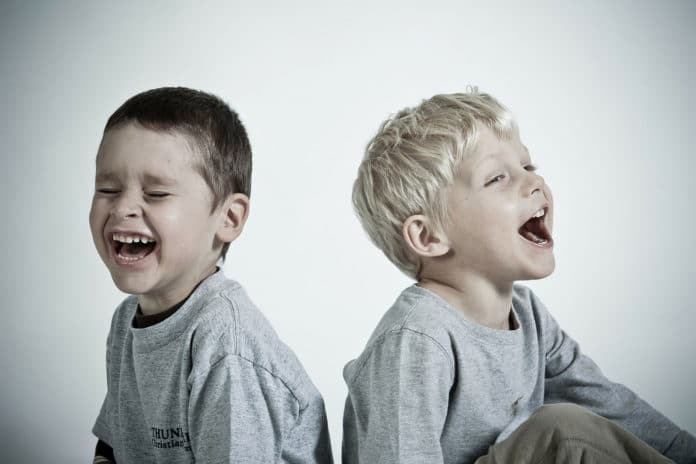Humor is the ability to provoke laughter and provide amusement. It is the capacity to express and perceive what’s funny.
People with a ‘good sense of humor are pleasant in their amusement. It helps them- make friends, cope with stress, learn, be creative, etc. Someone who has a sense of humor often finds things amusing rather than being serious.
Yet, there is little research about humor’s earliest emergence, i.e., how humor emerges in the first place. Given humor’s universality and importance in so many aspects of children’s and adults’ lives, it is essential to determine the emergence of humor to understand further how humor may help young children function cognitively, socially, and in terms of mental health.
A new study by scientists sought to determine what types of humor are present in early development and the ages at which different types emerge.
For this study, scientists created a 20-item parent-report measure of humor development from 1 to 47 months: the Early Humor Survey (EHS). They then asked parents of 671 children to complete the five-minute survey about their child’s humor development.
The team found the earliest reported age that some children appreciated humor was one month, with an estimated 50% of children appreciating humor by two months and 50% producing humor by 11 months. Once children produced humor, they produced it often, with half of the children having joked in the last 3 hours.
Twenty-one different types of toddler humor were identified. Scientists found that children under one year of age appreciated physical, visual, and auditory forms of humor. This included hide and reveal games (e.g., peekaboo), tickling, funny faces, bodily humour (e.g., putting your head through your legs), funny voices and noises, chasing, and misusing objects (e.g., putting a cap on your head).
One-year-old children showed appreciation for several types of humor, including teasing, revealing hidden body parts (e.g., taking off clothes), scaring others, and taboo topics (e.g., toilet humor). They also found it funny to act like something else (e.g., an animal).
Two-year-olds’ humor reflects advances in cultural understanding, language development, and understanding of social rules. Most children now produce jokes involving misusing objects, saying strange things, inventing words, and addressing taboo topics.
Finally, 3-year-olds were found to play with social rules (e.g., saying naughty words to be funny) and showed the beginnings of understanding tricks and puns.
Dr. Elena Hoicka, Associate Professor in Bristol’s School of Education and the study’s lead author, said: “Our results highlight that humor is a complex, developing process in the first four years of life. Given its universality and importance in so many aspects of children’s and adults’ lives, we must develop tools to determine how humor first develops so that we can further understand not only the emergence of humor itself but how humor may help young children function cognitively, socially, and in terms of mental health.”
“The Early Humour Survey addresses an important gap of when different types of humor develop. It has the potential, with more research, to be used as a diagnostic tool in early development in terms of developmental differences, and to help inform early years educators and the UK’s national curriculum for 0-5 years.”
Journal Reference:
- Elena Hoicka et al. The Early Humor Survey (EHS): A reliable parent-report measure of humor development for 1- to 47-month-olds. DOI: 10.3758/s13428-021-01704-4
